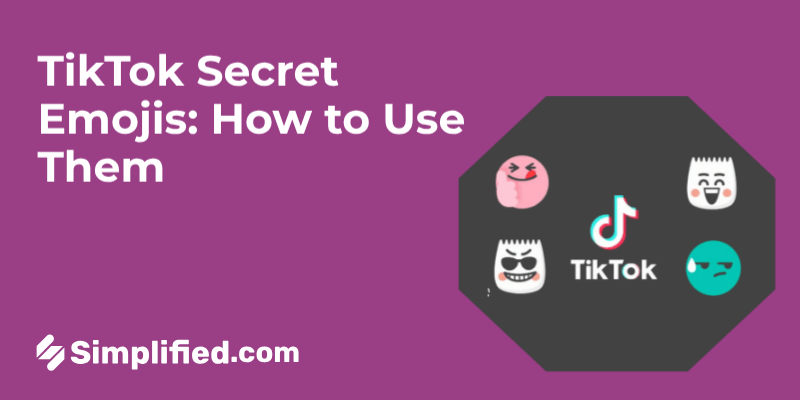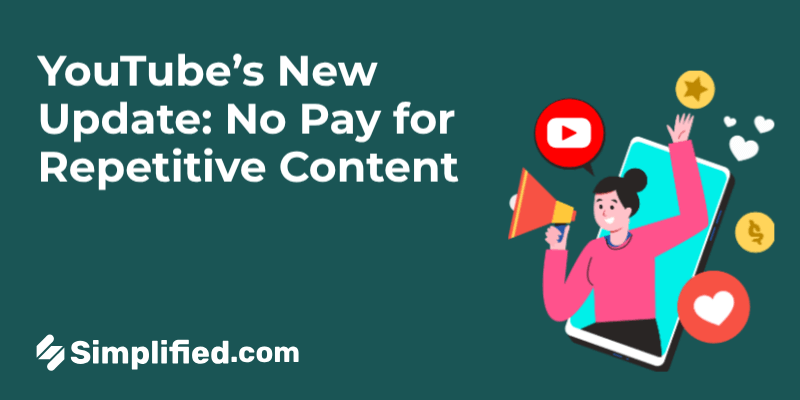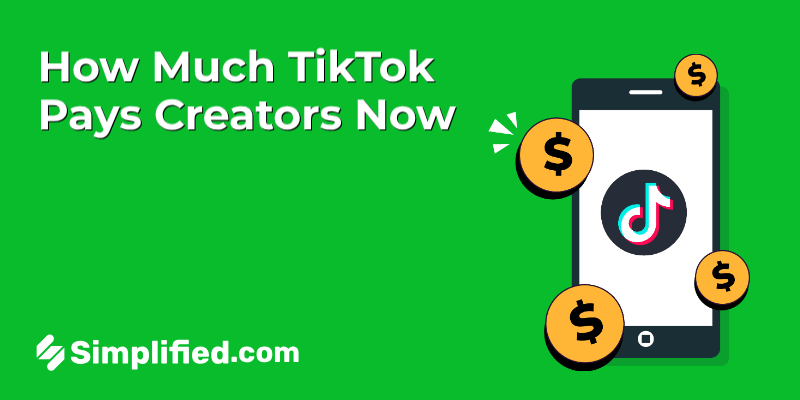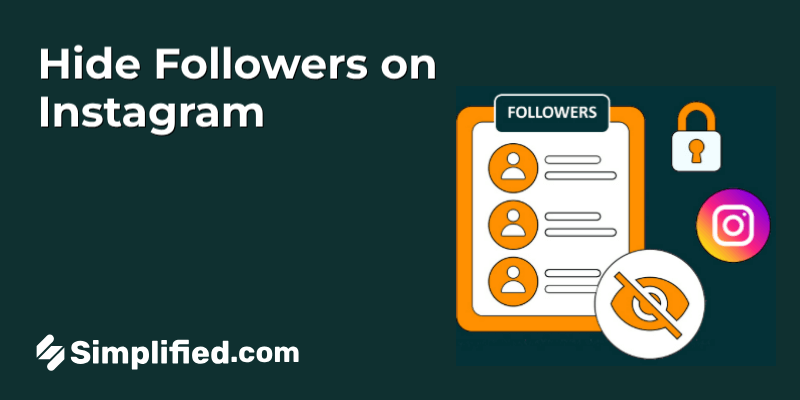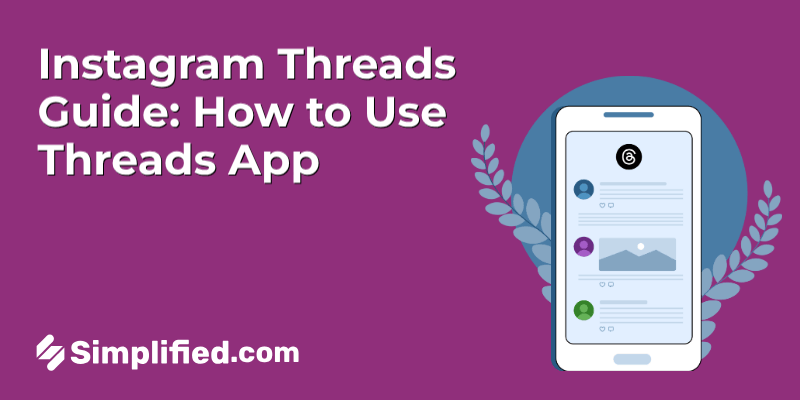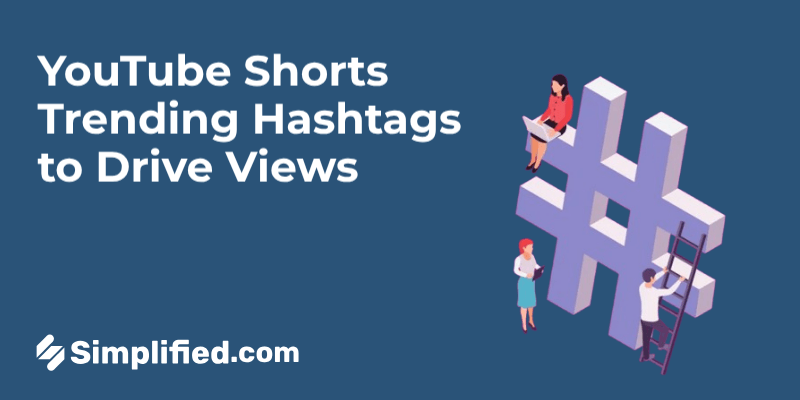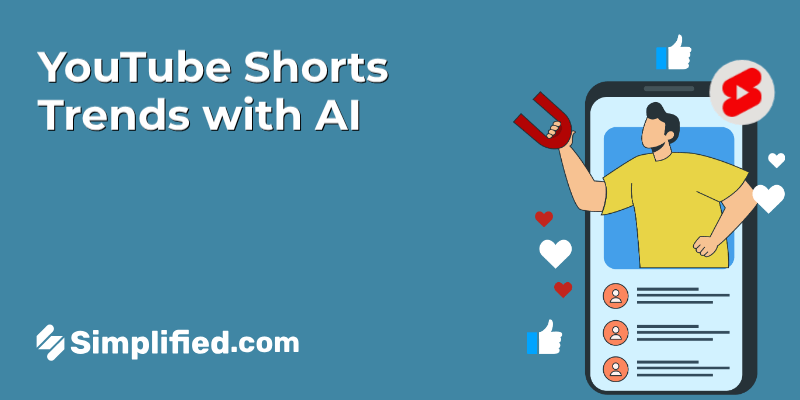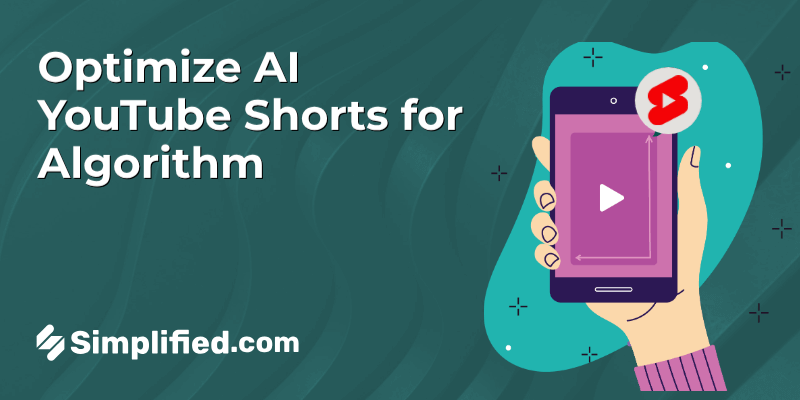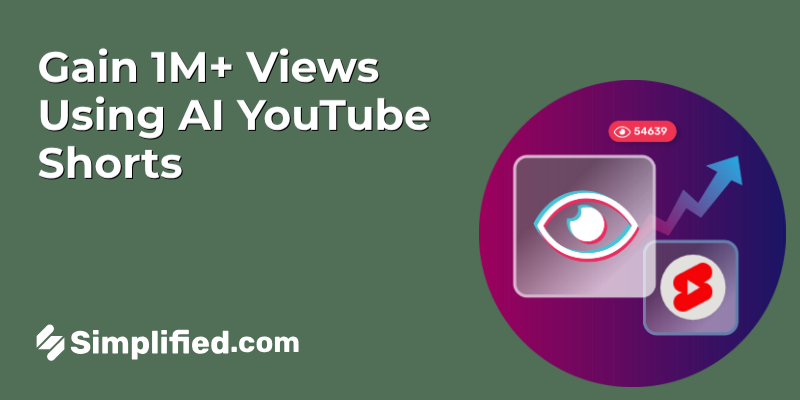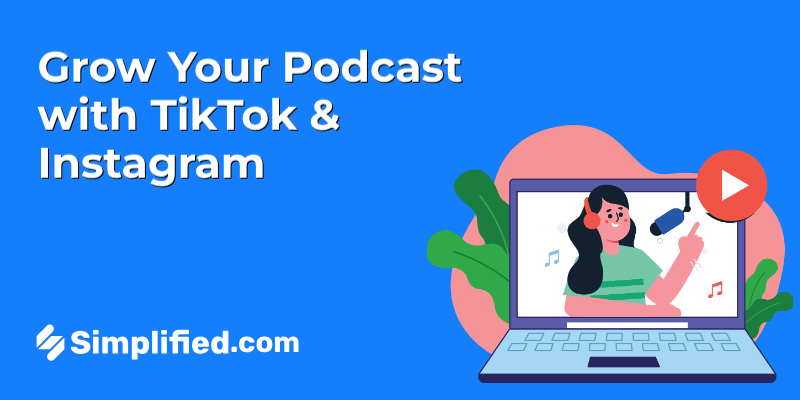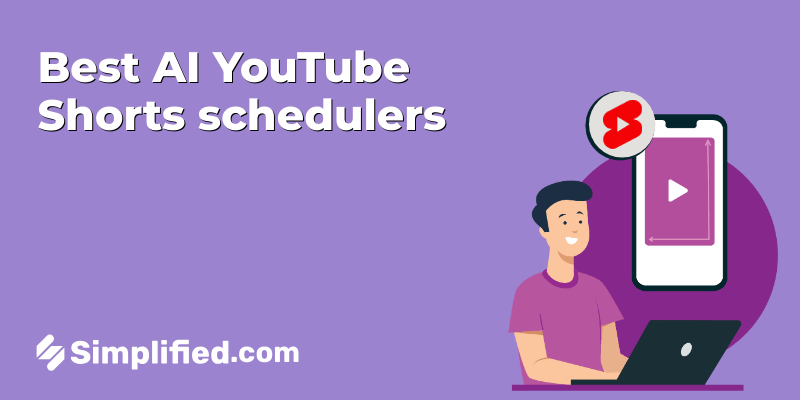Have you ever wondered why some social media posts go viral while others barely garner any likes? With over 4.9 billion people active on social media, it can be challenging to stand out. The good news is that social media analytics can provide valuable insights into what your audience truly wants. For example, posts with images receive 94% more views than those with text alone. Moreover, businesses utilizing data-driven strategies can achieve 5 to 6 times higher conversion rates. If you’re not using social media analytics, you’re missing out on critical insights that can make your content resonate.
In this guide, we’ll explore the various types of social media analytics, their importance, and the best tools available for tracking trends. Let’s dive in!
What are the Importance of Social Media Analytics
Understanding social media analytics is crucial for several reasons:
Performance Measurement: Analytics tools assess campaign effectiveness, allowing for strategy refinement based on what works best.
Informed Decision-Making: Data-driven insights lead to more effective marketing strategies, helping you allocate resources where they will have the most impact.
Trend Identification: This process involves tracking emerging patterns and popular topics on various platforms. By focusing on Social Media Trend Analysis, businesses can adjust their content strategies to remain relevant in a fast-paced digital landscape.
Improved Engagement: Knowing what types of content resonate with your audience fosters stronger connections. This insight enables you to tailor your posts to encourage interactions and build a loyal following.
Types of Social Media Analytics
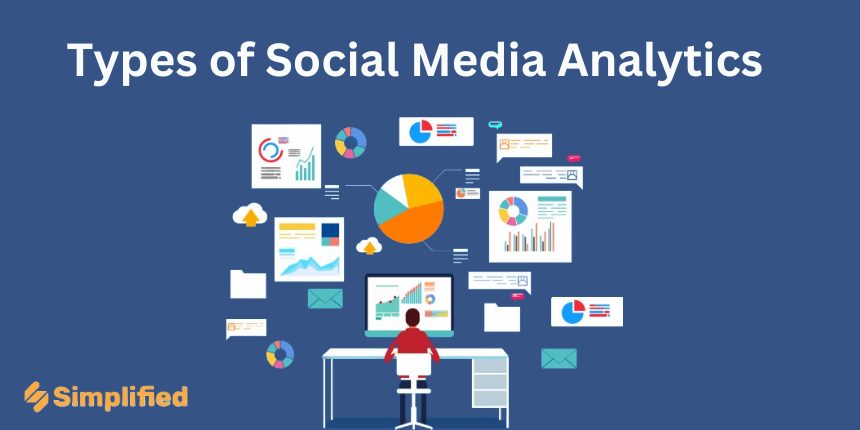
Social media analysis can be categorized into several types, each serving a distinct purpose:
1. Engagement Analytics
Engagement analytics measures how users interact with your content across different social media platforms. Key metrics include:
- Likes: Indicate general approval of a post.
- Shares: Show how often users share your content, helping to expand your reach.
- Comments: Provide feedback and insights into audience perceptions, allowing for improved community engagement.
- Retweets: On platforms like Twitter, retweets amplify your message by sharing it with a broader audience.
Monitoring these metrics helps assess how well your audience connects with your posts. A higher engagement rate suggests that your content resonates with followers, encouraging more interactions.
2. Audience Analytics
Audience analytics provides a deeper understanding of your followers’ demographics and behaviors. Key aspects include:
- Age: Helps tailor content to suit audience interests.
- Gender: Allows for targeted content creation for different segments.
- Location: Aids in scheduling posts and creating location-specific content.
- Interests: Reveals follower passions, aligning your content accordingly.
For instance, if a significant portion of your audience is under 25 and interested in sustainability, you might focus on eco-friendly content.
Bonus: The 10 Best Social Media Analytics Tools to Help You Track Your Growth
3. Content Performance Analytics
Content performance analytics examines how different types of content perform across platforms. Key metrics include:
- Views: Measure content reach.
- Shares: Indicate how likely users are to share your content.
- Comments: Offer qualitative feedback on audience reactions.
- Format Performance: Identifies which content formats yield the highest engagement.
If your analytics reveal that infographics receive more shares than blog posts, consider prioritizing visual content in your strategy.
4. Competitor Analysis
Competitor analysis evaluates the social media activities of competitors to glean insights into industry trends. Key elements include:
- Content Strategies: Analyze competitors’ content types and engagement frequency.
- Engagement Metrics: Compare engagement rates to identify improvement areas.
- Trend Monitoring: Stay informed about industry trends that competitors capitalize on.
This analysis helps identify gaps in your strategy, allowing you to enhance visibility and community involvement.
5. Sentiment Analysis
Sentiment analysis assesses audience feelings toward your brand based on interactions and comments. This involves:
- Positive, Neutral, and Negative Sentiment: Classifies audience reactions.
- Customer Feedback: Identifies areas for brand improvement.
Understanding audience sentiment is vital for adjusting messaging and strategy. If a surge in negative comments arises, you can address concerns directly to enhance brand loyalty.
Bonus: The Best 11+ Sentiment Analysis Tools for Informed Business Decisions
Best Social Media Analytics Tools
To conduct effective social media analysis, several tools can assist in gathering and interpreting data. Here are some top choices:
Simplified: An all-in-one social media management tool that provides insights into engagement, sentiment, and content performance while managing multiple accounts on Facebook, Twitter, instagram and many more, collaboration features, making the analysis process accessible for marketers at any level.
Hootsuite: Known for managing multiple accounts, Hootsuite provides detailed analytics on post performance and audience behavior. Its scheduling feature allows for easy content management alongside analytics.
Sprout Social: This tool offers reporting and insights into content engagement and audience interactions. Sprout Social also includes collaboration features, making it suitable for teams.
Google Analytics: While primarily a web analytics tool, Google Analytics measures website traffic from social channels. It provides insights into user behavior on your website, helping you assess the effectiveness of your social media efforts and allowing for deeper social media content analysis.
BuzzSumo: Useful for discovering trending topics, BuzzSumo tracks content shareability across various platforms. This tool helps marketers identify popular content types and tailor their strategies.
Buffer: Primarily a scheduling tool, Buffer also includes analytics features for tracking engagement metrics. Its user-friendly interface allows users to schedule posts and analyze performance in one place.
Socialbakers: This tool provides insights into audience demographics, engagement, and competitor analysis. It helps brands understand their market position and make informed content decisions.
NetBase Quid: Specializing in advanced analytics, NetBase Quid offers sentiment analysis and trend tracking. It provides insights into audience perceptions and brand reputation.
Mention: This tool monitors your brand’s online presence across social media, offering insights into audience sentiment. It helps brands manage their reputation and respond to feedback.
Brandwatch: Using AI to analyze social conversations and trends, Brandwatch delivers insights into brand perception. This tool also aids in competitor analysis for better strategy development.
Followerwonk: Designed specifically for Twitter, Followerwonk analyzes your followers and tracks engagement metrics. It helps identify key influencers and optimize Twitter strategies.
Keyhole: Providing real-time analytics for campaigns and hashtags, Keyhole measures campaign effectiveness. It helps brands track performance over time and adjust their strategies.
Talkwalker: This analytics platform offers insights into sentiment, trends, and audience engagement across social media channels. Its image recognition technology enhances tracking visual content performance.
Quintly: Delivering insights across multiple social media platforms, Quintly includes benchmarking features for performance comparison. It helps brands analyze their metrics against competitors for adjustments.
Bonus: AI-Powered Predictive Analytics: How to Enhance Your Digital Marketing Strategy
Steps to Use Social Media Analytics Tools
Follow these steps when using social media analytics tools for trend tracking:
Step 1: Set SMART Social Media Analytics Goals
Start by establishing SMART goals for your social media analysis. SMART stands for Specific, Measurable, Achievable, Relevant, and Time-bound. Clear objectives will guide your analysis and help you focus on the right metrics. For example, you might aim to increase engagement by 20% within three months or gain 500 new followers in a set timeframe.
Step 2: Decide Which Metrics You’ll Focus On and Track
Choose the key metrics that align with your goals. This may include engagement rates, reach, impressions, and audience demographics. If your goal is to increase engagement, focus on likes, shares, and comments.
Step 3: Determine Which Social Media Analytics Tools You’ll Use
Select the analytics tools that best fit your needs. Consider factors such as ease of use, specific features you require, and your budget.
Step 4: Measure the Success of Your Social Media Analytics Efforts
Once you’ve implemented your strategy, regularly measure your performance against the established metrics. Use analytics tools to generate reports showcasing your progress toward your goals. Regular reporting helps identify patterns and allows for timely adjustments.
Step 5: Make Necessary Social Media Analytics Adjustments
Based on your findings, be prepared to make adjustments to your strategy. If certain content types or posting times are not performing well, consider refining your approach to better engage your audience. Continuous analysis of social media data allows for real-time modifications.
Conclusion
Using social media analytics tools for trend tracking is essential for any brand looking to thrive digitally. By understanding the different types of analytics, recognizing their significance, and following a structured analysis process, businesses can gain valuable insights into their audience and content performance across various social media platforms like Facebook, Instagram, Twitter, and LinkedIn. Implementing these strategies will enable you to use data to inform your marketing approaches and enhance your social media presence. With the right tools and a commitment to continuous analysis, you can stay ahead of trends and foster strong connections with your audience.


